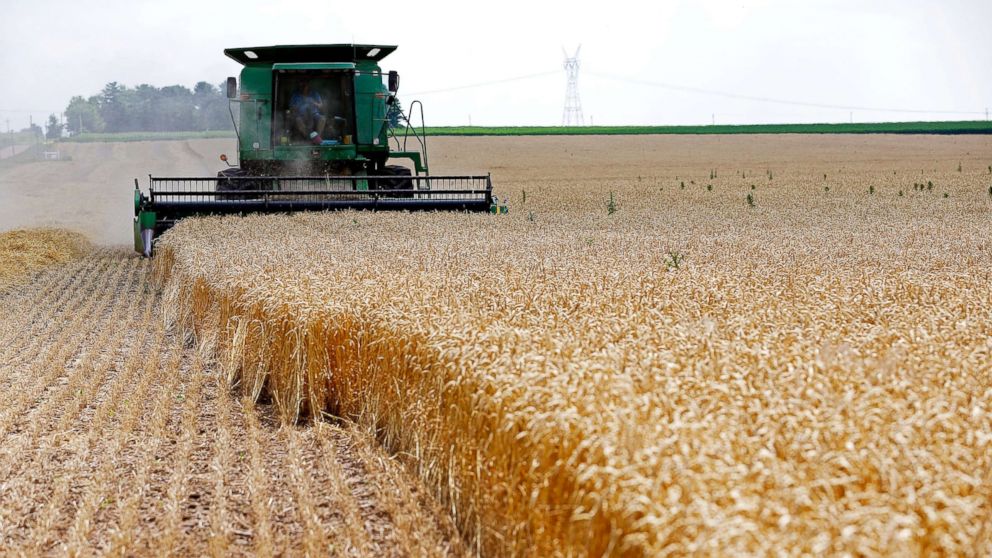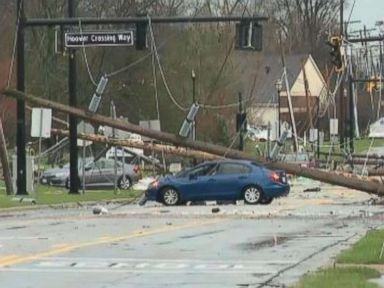
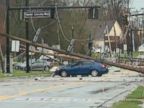

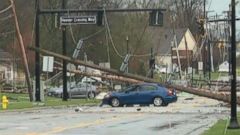
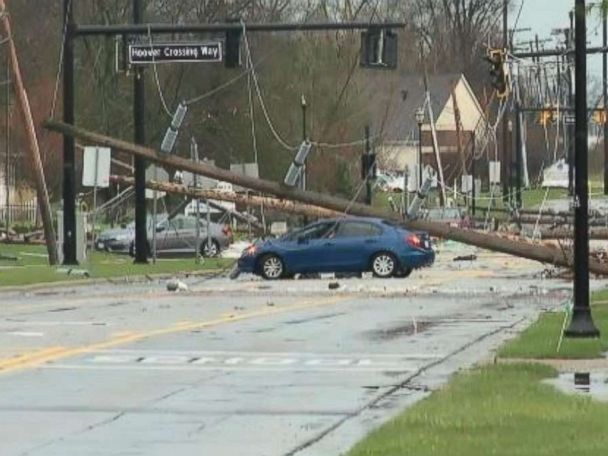
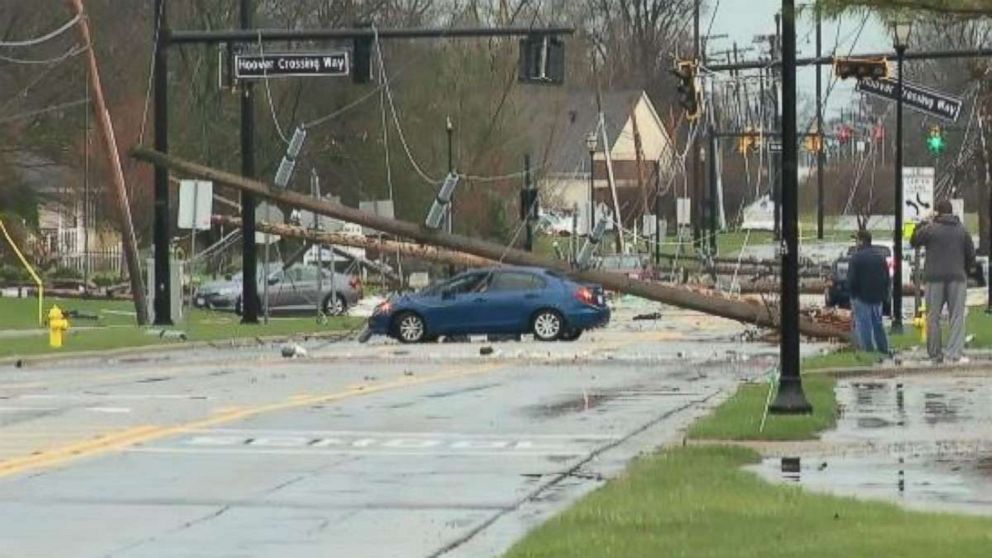
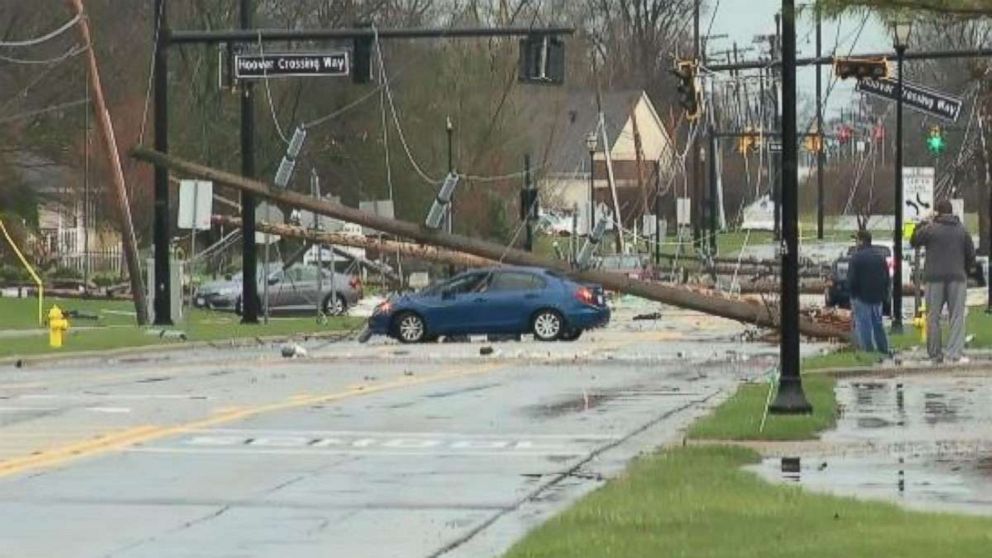
A major storm ripped through the heartland yesterday, bringing more than 300 reports of damaging storms that included eight tornadoes from Texas to Pennsylvania.
Tornado damage was reported in Ohio, Illinois, Missouri and Kentucky and flooding rains hit the Ohio Valley.
Indianapolis had its wettest April day on record, seeing 3.9 inches of rain, as winds at the Houston airport gusted up to 60 mph.
A heavy swath of snow, between 6 and 11 inches, fell in the Dakotas, Iowa, Minnesota, Wisconsin and Michigan. Minneapolis saw 9 inches, the most the city’s seen in April since 1984.
This powerful storm is now moving toward the East Coast, putting 20 states this morning under snow or wind alerts.
The storm stretches all the way from the Great Lakes to the Gulf Coast, with a line of storms moving toward the East Coast.
The line of storms is expected to reach major coastal cities along Interstate 95 by midday.
The most severe storms will be found in the southern mid-Atlantic and Carolinas, which could see winds of up to 60 mph, hail and even isolated tornadoes.
The system and associated cold front will head out to sea this afternoon, and behind that arctic air will move into the Midwest and Northeast.
Wind chills Thursday morning will be in the teens and 20s, with some parts of the Upper Midwest seeing single digits. That may continue into the weekend.

